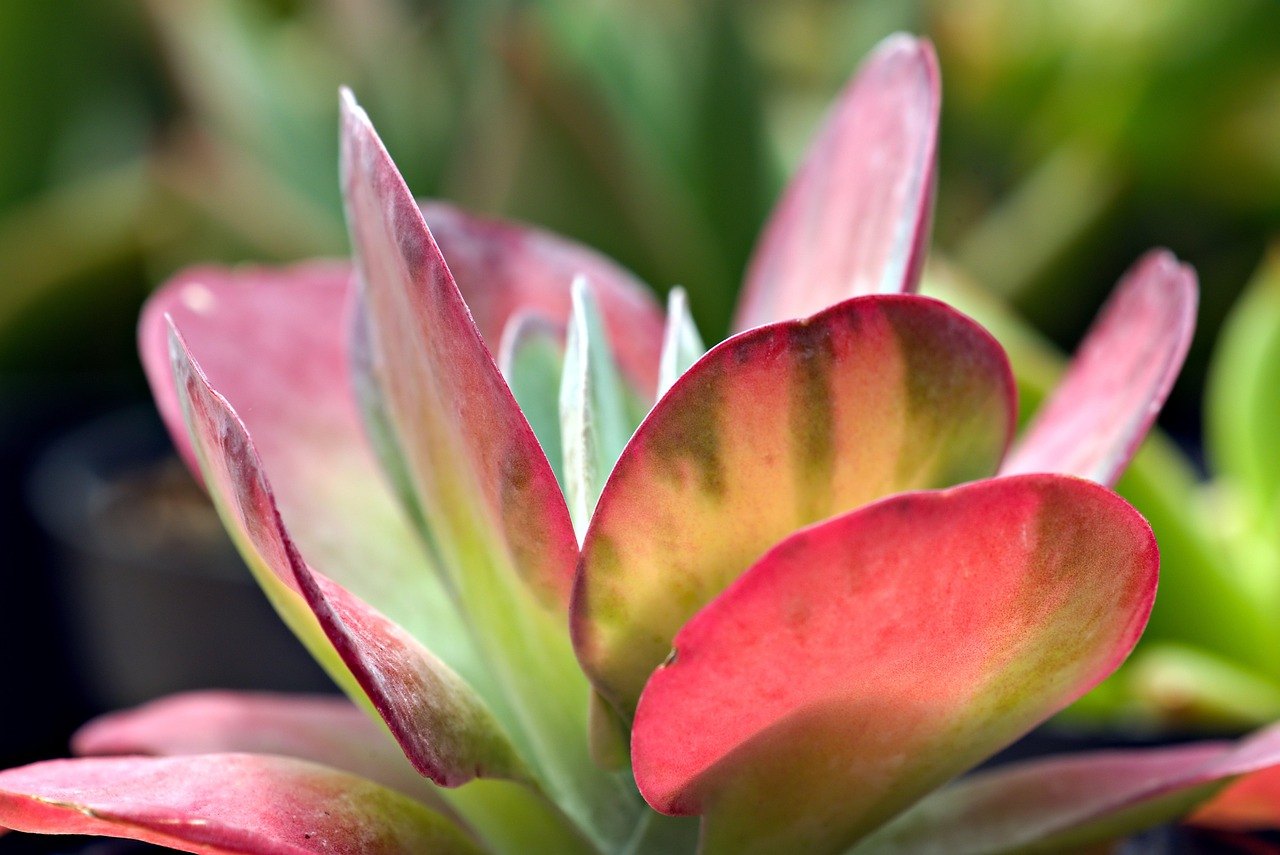Color Changing Succulents
Succulents aren’t just green, they can turn shades of red, pink, purple, orange, and yellow as the seasons or conditions change around them. These color-changing succulents bring unique and ever-changing beauty to your home or garden with very little effort on your part. The stunning transformations happen because of changes in things like sunlight, temperature, and how much water they get.
If you want to add more interest to your plant collection, these succulents are a great choice. You’ll enjoy watching your plants react to the environment and change color over time, making your space lively and dynamic.
Key Takeaways
- Color-changing succulents provide unique colors based on their environment.
- Different factors like sunlight and water affect how your succulents look.
- You can choose from many types and learn how to keep their colors vibrant.
What Are Color Changing Succulents?

Some succulents shift their colors as a response to light, temperature, and other environmental factors. These changes not only add visual interest but also give you clues about your plant’s health and growing conditions.
Definition and Characteristics
Color changing succulents are plants that shift their leaf color as a result of different environmental factors. This can include sunlight, water levels, changes in temperature, and even the type of soil used. Unlike ordinary green succulents, these plants often display vibrant shades of red, purple, pink, orange, or yellow.
The pigments responsible for these color changes are called anthocyanins and carotenoids. These natural chemicals protect the plant from stress caused by sun, heat, or drought. Color changes might only appear at the tips or edges of leaves, or sometimes the whole plant can change hue.
Many of these succulents maintain their color change permanently if their environment stays the same. Others may return to their usual color when conditions change. Keeping an eye on these changes can help you understand if your succulent needs more or less light, water, or care.
Popular Color Changing Varieties
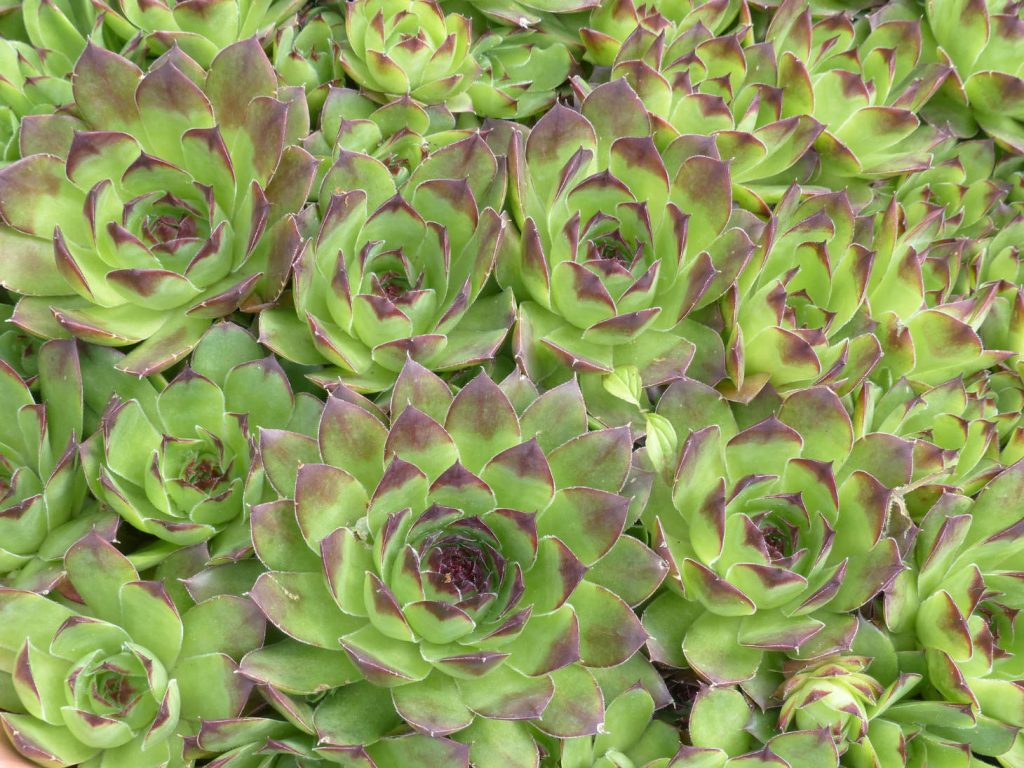
Some succulent varieties are known for their dramatic color shifts. Echeveria is especially popular because it can turn bright pink, red, or even orange under the right light. Another common type, Sedum, becomes red or purple during hot, sunny weather or cold nights.
Sempervivum (“hens and chicks”) offers unique color changes, especially in the colder seasons, ranging from green to deep burgundy. Crassula ovata (“jade plant”) may develop red edges when exposed to full sun and less water. Kalanchoe and Aeonium are also favorites among collectors for their intense colors during times of stress.
Below is a quick list of common color-changing succulents:
- Echeveria ‘Perle von Nurnberg’
- Sedum rubrotinctum (‘Jelly Bean Plant’)
- Sempervivum tectorum
- Crassula ovata (‘Jade Plant’)
- Kalanchoe luciae (‘Paddle Plant’)
Many nurseries highlight these varieties for their color transformations and ease of care.
Comparison to Non-Color Changing Succulents
Non-color changing succulents generally stay the same shade of green year-round, unless they are unhealthy or stressed. They don’t show the broad range of colors that you get with color-changing types, even with big shifts in weather or lighting.
Colorful succulents can give you immediate feedback. When the tips turn red or the leaves get a new tint, you know the plant is responding to its environment, sometimes thriving, sometimes signaling stress. In contrast, non-color changing varieties are less showy and don’t offer as many clues about their growing conditions.
If you want a dynamic, ever-changing display, choose color changing succulents. For a more classic and consistent look, standard green succulents are better. Both types are low-maintenance and come in many shapes and sizes, but only some will put on a colorful show throughout the year.
Top Types of Color Changing Succulents
Here are the top types of color changing succulents that will add real variety and visual interest to your collection.
Echeveria Perle von Nurnberg
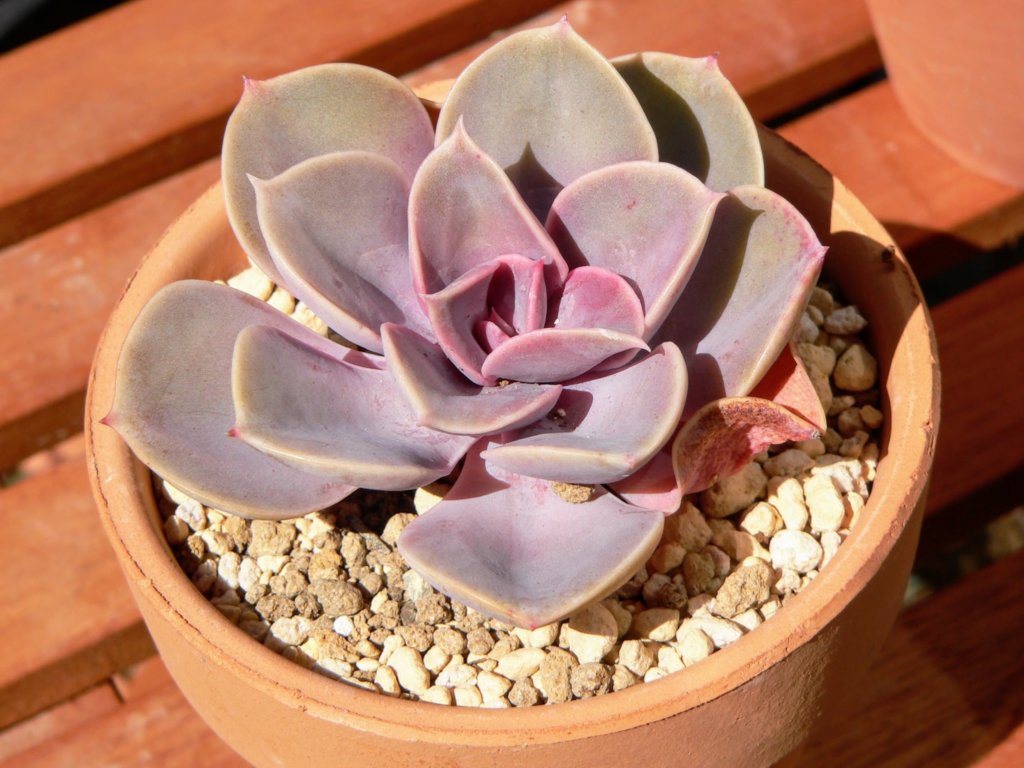
Echeveria ‘Perle von Nurnberg’ stands out with its pastel rosette of leaves. The base color is usually a soft grayish-purple, but as it gets more sunlight, the leaves turn shades of pink, lavender, or even rich purple. The edges can show a rosy tint, especially in cooler weather or stronger light.
This succulent is popular for its attractive shape and the way the colors shift over the seasons. It grows well in both pots and garden beds. Make sure to give it lots of bright, indirect light and only occasional water.
If you want a colorful succulent that changes slowly but offers reliable results, ‘Perle von Nurnberg’ is a great choice. It pairs well with similar species like Echeveria agavoides.
Kalanchoe Luciae Or Paddle Plant

Kalanchoe luciae, often called paddle plant or “flapjack,” has wide, flat leaves shaped like paddles. They start off light green but can turn brilliant shades of red, especially along the edges, when exposed to strong sunlight or cooler temperatures.
The plant’s colors become most vibrant during its winter growth period. You may notice leaves showing mixes of yellow, orange, and deep crimson. The more sunlight your plant receives, the stronger the color change.
Paddle plants are easy to care for. Give them plenty of light and let the soil dry between waterings. Too much shade will keep the leaves mostly green. This plant can be a dramatic centerpiece indoors or out.
Sedum Rubrotinctum
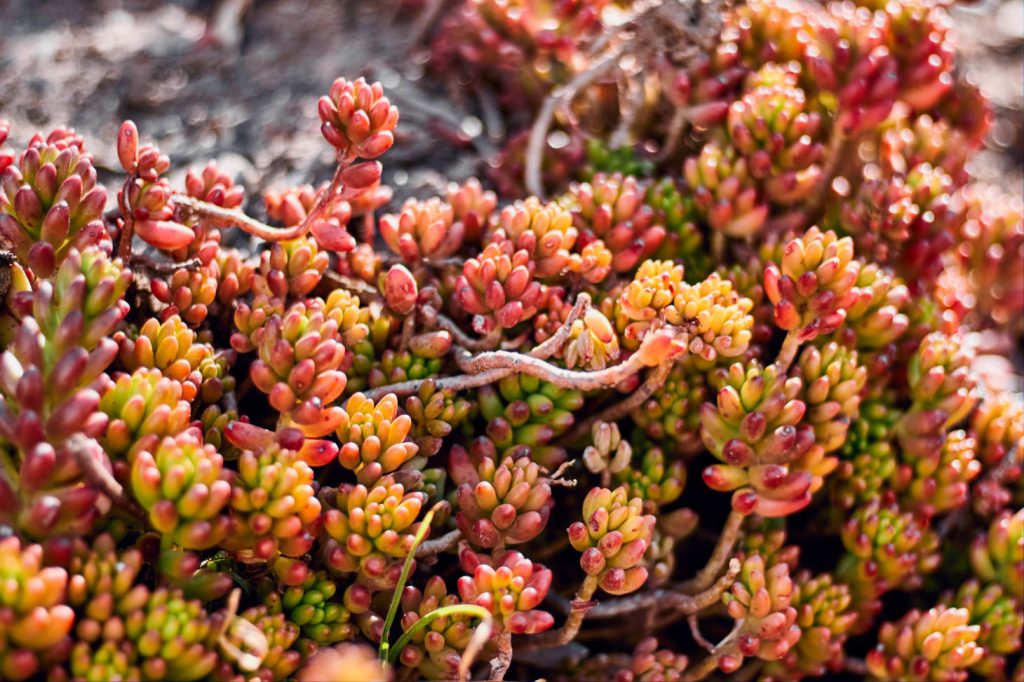
Sedum rubrotinctum, also known as jelly bean plant or pork and beans, has plump, rounded leaves that look like little beans. They are usually green but turn red, orange, or gold at the tips with more sun exposure or mild water stress.
It’s a good choice for small pots, rock gardens, or mixed arrangements. The entire plant can turn bright red during colder months or during drought periods. It spreads easily and even a leaf that falls off can take root and grow.
Make sure to avoid overwatering, as this succulent prefers dry soil. Provide plenty of sunlight for the best color display. With proper care, the “beans” will show off bold, eye-catching shades year-round.
Crassula Ovata
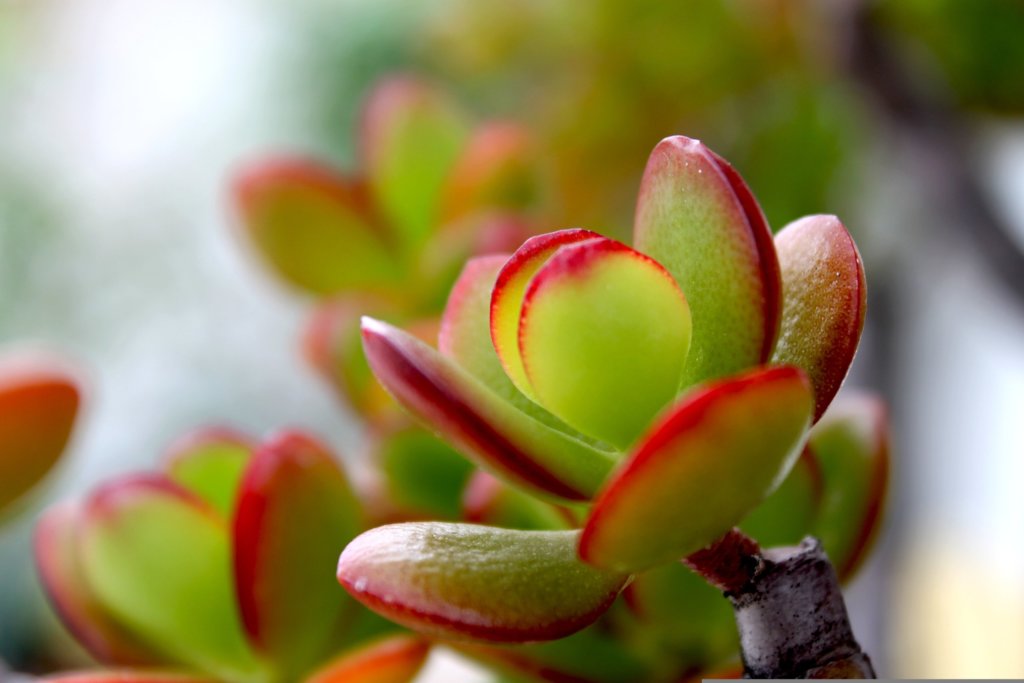
Crassula ovata, or jade plant, is well known for its glossy, oval-shaped leaves and easy care. Normally, the leaves are deep green, but with more sunlight or brief periods of cold, they develop red or pink edges.
Some varieties, like the ‘Hummel’s Sunset’, show even more dramatic yellow and red hues. These color changes are a sign of a healthy, “stressed” jade plant. If kept indoors with less light, the plant remains green.
Give your jade plant at least half a day of direct sun to see maximum color. They also do well in outdoor gardens in warm climates. Crassula ovata is a classic choice if you want a low-maintenance plant that displays a range of natural colors.
Factors That Cause Succulent Color Changes
Succulent colors often shift because of their environment and how much stress they experience. Specific factors like sunlight, watering habits, and temperature play major roles in changing how colorful succulents appear.
Sunlight and Light Exposure
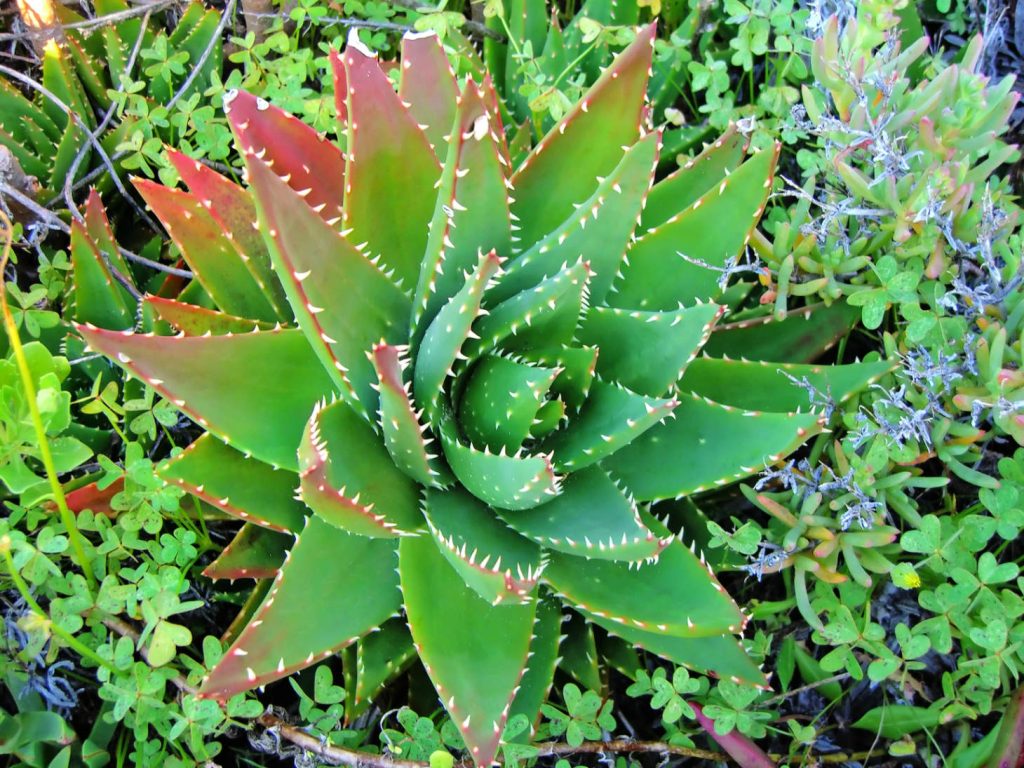
Light is one of the biggest influences on the color of succulents. When you give succulents more sunlight, they tend to show brighter and deeper colors, such as reds, purples, and oranges. This happens because sunlight triggers the plant to produce protective pigments called anthocyanins and carotenoids.
If your succulents get too little light, they may turn green and lose most of their other colors. A spot with several hours of bright, indirect light is ideal for most colorful succulents. Too much direct sun, especially in the afternoon, can cause sunburn. Sunburned spots may look brown or white.
You can increase your succulents’ color by slowly moving them to brighter spots outside or near a sunny window. Avoid moving them too quickly from shade to full sunlight to prevent burns. With the right amount of light, you’ll notice the most vibrant color changes.
Watering and Stress
Watering practices strongly affect succulent color. When succulents receive less water, they sometimes go into a “stressed” state. This stress makes many colorful succulents change from green to pink, red, orange, or purple as a way to protect themselves.
Drying out between waterings encourages these colors to pop. Overwatering, on the other hand, keeps succulents green and may make them look dull or cause rot. Use well-draining soil to help the roots dry out faster.
Let the soil dry completely before you water again. Some gardeners use intentional stress by giving their succulents less water than usual. This method should only be used in short periods to avoid harming the plant. Stress is not always bad; sometimes it leads to the best colors.
Temperature and Seasonal Shifts
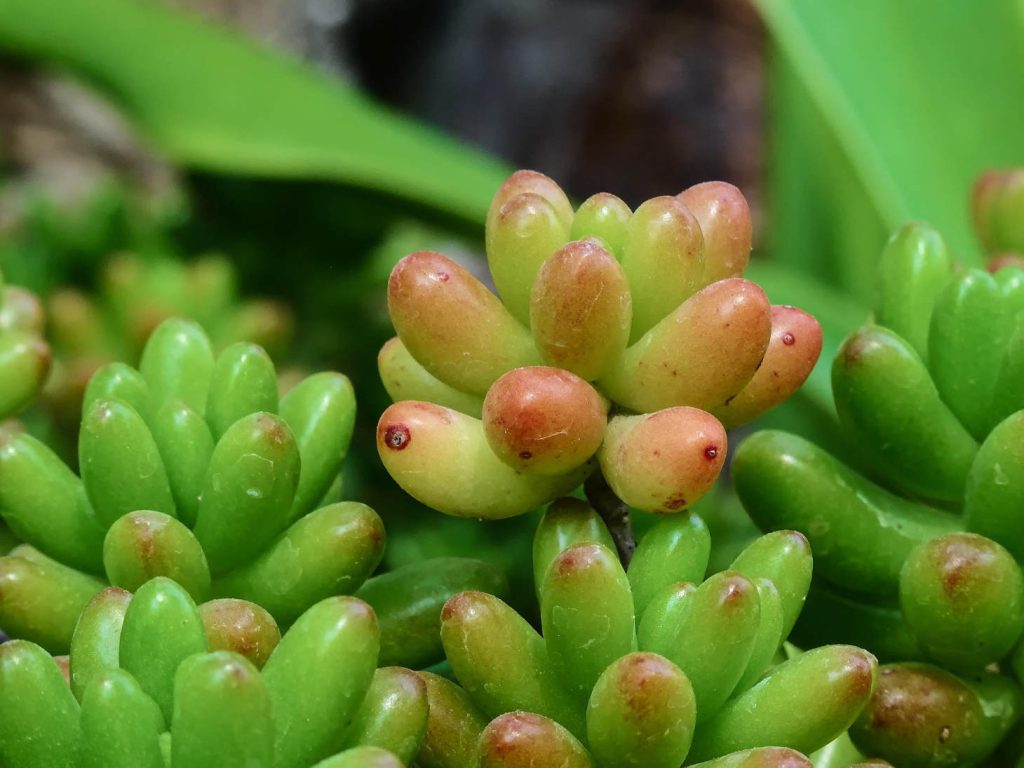
Temperature changes, especially between day and night, can make succulents more colorful. When the temperature drops or rises quickly, some succulents respond by changing the pigments in their leaves. Cooler nights can bring out pink, red, or purple shades.
Many colorful succulents shift their shades depending on the season. For example, some species get brighter in the fall or winter when temperatures are mild but not freezing. If temperatures fall too low, below the plant’s tolerance, the color may fade or turn brown.
Avoid extreme heat or frost, as these can damage your plants or cause them to lose color. Using temperature changes to bring out color works best when your succulents are healthy and protected from sudden weather extremes. Keeping an eye on your local climate helps you plan for the most vibrant plants year-round.
How to Grow and Maintain Vibrant Color Changing Succulents
To bring out the best color in your succulents, you’ll need to pay careful attention to their light, water, soil, and overall care. Succulents react to their environment, and the right setup will help them show off their most brilliant shades.
Best Practices for a Succulent Garden
Choose succulent varieties known for their color potential, like Echeveria, Sedum, and Graptopetalum. These types can turn shades of red, purple, or blue when grown well.
Sunlight is key. 6 hours of bright, direct light helps succulents develop deep colors. Use a south-facing window indoors or place them outside where they get plenty of sun. Rotate pots, so all sides get exposure.
Water sparingly. Succulents store water in their leaves, so let the soil dry out between waterings. Overwatering causes dull leaves and can cause rot.
Monitor changes. If leaves start to look stretched or pale, increase the sunlight. Thin, leggy growth means not enough sun.
Soil, Containers, and Drainage
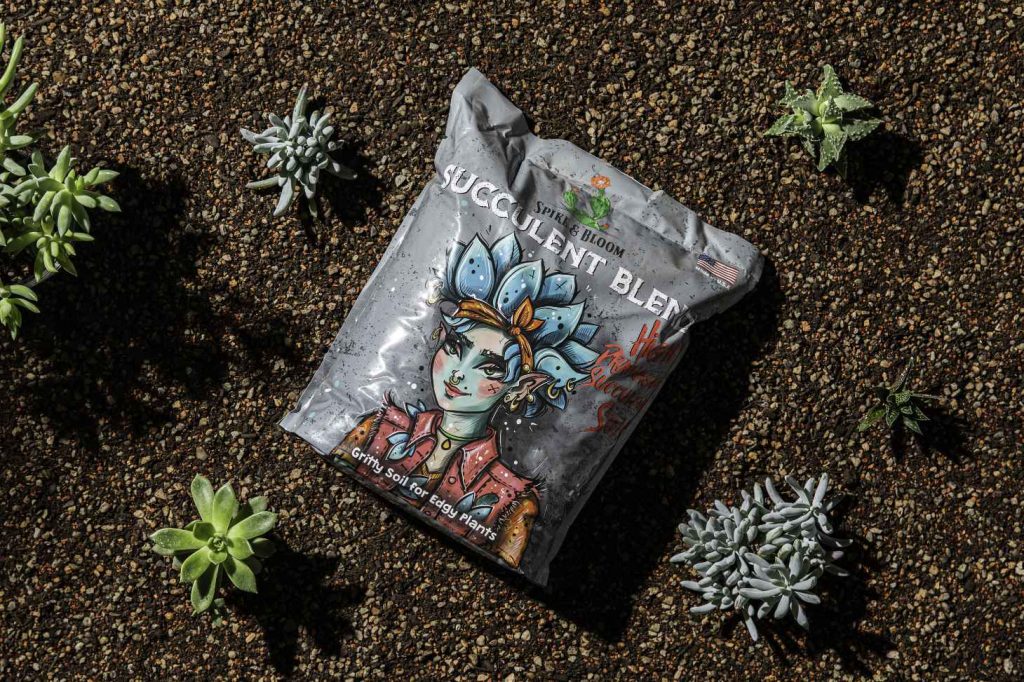
Well-draining soil is essential. Use succulent potting mix that drains well for best results. Regular garden soil holds too much moisture, leading to root problems.
Pick containers with drainage holes. This keeps roots healthy and prevents standing water. Terracotta or clay pots work well because they let soil dry faster than plastic pots.
To mix your own soil, try combining:
- 3 parts potting soil
- 2 parts coarse sand
- 1 part pelite or pumice
Good drainage reduces the chance of rot and keeps the roots strong, helping your succulents stay vibrant. Repot every year or when roots outgrow their pot.
Practical Tips for Intense Colors
For more vivid colors, allow mild succulent stress. This means exposing the plants to a bit more sun, with slightly less water. As a response, succulents produce pigments like anthocyanin and carotenoids, causing red, orange, or purple shades.
Keep temperatures slightly cooler at night if possible. Some color changes, especially reds and purples, show up more in cooler weather or in fall and winter.
You can encourage color by:
- Reducing water frequency
- Gradually introducing more sunlight
- Allowing for cooler nighttime temperatures
Do not overdo it. Too much stress, like extreme drought or heat, can harm the plant. Watch for faded, dry, or burned leaves, and adjust care if needed.
With these steps, your succulent garden can display a wide range of beautiful colors, making each plant unique and eye-catching.
Frequently Asked Questions
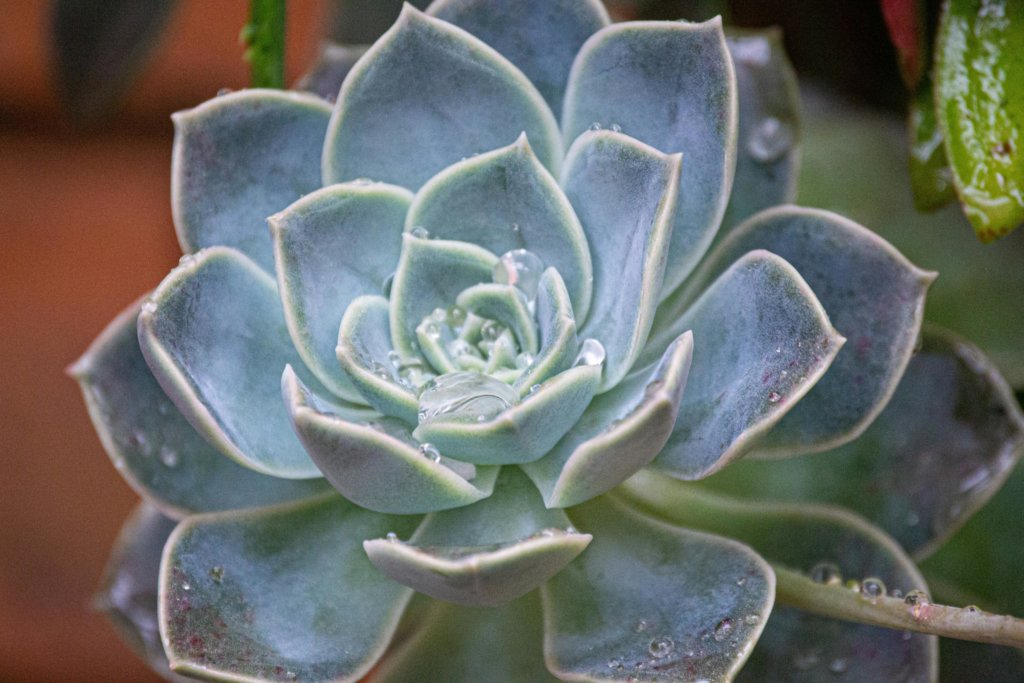
Succulent colors shift for many reasons, including light, water, temperature, and specific plant types. Keeping their color vibrant is possible with a few simple care steps and the right environment.
Why are my succulent leaves turning red and falling off?
When succulents experience extra sunlight or lower water levels, their leaves may turn red. This is usually a response to stress. If the red leaves are also falling off, your plant may be getting too much direct sun or not enough water. Sometimes, older leaves naturally fall as the plant grows.
What causes succulents to change to a reddish-brown color?
A reddish-brown color often shows up when your plant is stressed by too much sun or a lack of water. Sometimes, shifts in temperature cause this as well. If the soil stays wet for too long, the roots can rot, leading to color changes and leaf drop.
How can I maintain the vibrant colors of my indoor succulents?
Place your succulents near a spot that gets plenty of bright, indirect light. Let the soil dry out before watering again. Avoid overwatering and let temperatures drop a little at night for best color. Rotate your pots for even sun exposure.
What are the best practices for landscaping with colorful succulents?
Choose a sunny spot where your succulents can get lots of light. Group varieties with different colors together for visual interest. Space your plants out so air can move between them. Use well-draining soil to help prevent root problems.
Which large succulent varieties offer the most striking colors?
Agave, Aloe, and Echeveria are some larger succulent types known for bright and bold colors. Agave is often blue or gray, Aloe may show red tips, and Echeveria can display deep pinks, purples, and reds. Some Kalanchoe varieties also grow large and develop red or purple edges.
What influences succulents to develop purple hues?
Bright light is the main factor that leads to purple coloring in succulents. Certain types produce purple pigments called anthocyanins when exposed to strong sunlight or cooler temperatures. If you move your plant to a brighter location, the purple color can become more noticeable.

